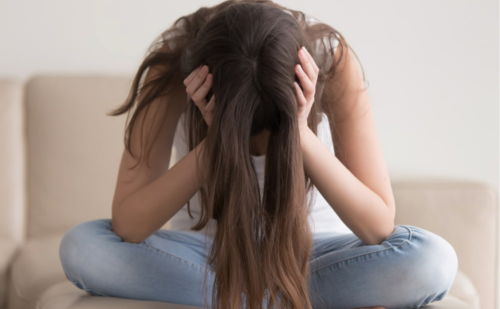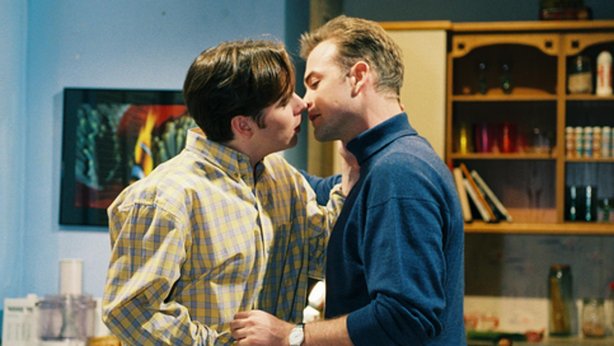
10 October, 2024

Páraic Kerrigan
Posted: 19 May, 2017

This May, as we approach the second anniversary of the significant ‘YES’ vote in the Marriage Equality referendum, the narrative of Ireland as a trail blazer of LGBT rights has become well-rehearsed. However, the significance of that referendum, and more importantly the years of activism that led to its success, is now only beginning to be unpacked.
One of the most crucial places that has played a significant role in the progression of LGBT rights in Ireland over the past few decades has been the media. Whether intentionally or not, the mass media in Ireland has educated the public about minorities such as the LGBT community. Sometimes this has been for the better, but in other cases it has left a lot to be desired. We need only have a look at the press reportage during the AIDS crisis to see the level of stigma and false information that was pedalled by mainstream news outlets. For example, an editorial in The Nationalist and Leinster Times on 26 June 1985, suggested that it was not AIDS, but homosexuality that was the killer disease.
What is more important is that the mass media has had a particularly powerful educational impact on LGBT people, many of whom had little or no direct contact with other members of their community as a result of the sheer invisibility of any kind of collective or media recognition. On a personal level, although the memories are now a little vague, I can recall the sheer hysteria surrounding the depiction of a gay kiss on a TV show when I was much younger. This kiss was met with several television news reports and front page headlines, framing it as a national scandal. The moral panic in the Irish mass media over this single kiss certainly did not help me to frame or view LGBT lives in any positive way. In fact, it had negatively left me with the impression that gay people were something less than or an amusing novelty to boost television ratings. This is precisely why visibility and representation matters. Furthermore, it highlights the significance of challenging such damaging and problematic depictions of minority groups.
These early experiences influenced my later decision to pursue a PhD project on how mainstream media and popular culture depicts and produces LGBT identities. My thesis is titled Queering in the Years: Gay Visibility in Irish Media, 1974-2014, and my research has thus far aimed to analyse the history of media representation and gay rights activism in Ireland over a forty year period. Due to funding from the Irish Research Council, I have been able to spend a significant amount of time exploring the archives in RTÉ and the Irish Queer Archives in the National Library of Ireland. In doing so, I am attempting to trace the visibility and production context of LGBT individuals in the mainstream media. In particular, I am examining how LGBT identities have historically been articulated, while noting how the media provided a space for the LGBT community to explore and express their sexuality, engaging with it through the use of language, narrative formulas and visual codes.
Among the first Irish television shows to introduce a recurring gay character was Fair City in 1995. Although it is very easy (and sometimes short-sighted) to dismiss soap operas in terms of their cultural value, when the character Eoghan Healy came out, calls to the regional helplines of Gay Switchboard almost doubled immediately following the broadcast, thus highlighting the fact that representation and visibility, in whatever medium, really do matter.
Media create meanings about sexuality and can play an important role in how we understand the place of sexuality in our identities, our history, our social institutions and more importantly, our everyday lives. However, it is not simply a matter of trying to fill up television shows, films and other media with as many LGBT characters as possible in the name of equality. As my early experiences taught me, there is always a cost to visibility and it is important that research such as this continues to push the envelope in terms of how these characters are represented, while continuing to challenge media visibility that can often be damaging and stigmatising. To conclude this blog, I want to use the words of one my research participants who grew up in Ireland during the 1950s, when being gay was all but invisible:
Nowadays it’s wonderful, because being gay is out there and if I had turned on the television years ago and there were two characters in a soap, that would have made such a difference.
If anything, my research indicates how significant it is for a minority group to see themselves reflected back from the mainstream media.
Disclaimer: The opinions expressed in our guest blogs are the author’s own, and do not reflect the opinions of the Irish Research Council or any employee thereof.